|
Blog post written by Abby Saunders, Gleaners Summer Nutrition Intern Hi everyone! My name is Abby Saunders, and I am Gleaners’ 2023 Summer Nutrition Intern. This summer, I worked with Gleaners' Nutrition Manager to create and facilitate nutrition education lessons for kids through the Summer Nutrition Club (SNC) program. SNC was created in 2018 to complement Gleaners’ summer feeding program in Marion County. With the addition of SNC, we were able to not only provide nutritious food but also offer nutrition education to youth within the area. SNC provides interactive lesson plans to encourage children to explore new foods and learn about how food fuels their bodies. Abby (left) and an SNC participant smile with their Lesson 1 snack Through generous funding from the Summer Youth Program Fund (SYPF), we were able to provide 5 program sites with the option of in-person or virtual SNC lessons this summer. We taught lessons in-person at 4 sites and provided materials for 1 site to participate virtually, serving a total of 144 youth in the community. We taught a very diverse group this summer with ages of participants ranging from 5-15, making this summer especially exciting. It was so fun to watch the children step out of their comfort zone and try new foods while also growing their knowledge of nutrition. This summer at Gleaners was truly an amazing experience and I gained tons of valuable knowledge on nutrition education that will come in handy as I continue my journey to become a Registered Dietitian! The SNC lessons focused on the 5 food groups of MyPlate, building balanced meals, and general health and wellness. This year's SNC theme was Nutrition Superheroes. Each week, the children met the different superhero food groups and learned about the “superpowers” each group provides for our bodies. Each lesson included hands-on activities to encourage learning about food groups and to explore foods beyond just tasting them. Some of the "Nutrition Superheroes" who were introduced during SNC This year, I aimed to encourage children to try new foods even if they were unsure whether they would like it. I wanted to show the children they can use their sense of sight, smell, and touch to examine foods in addition to tasting them. We also discussed the many different words that can be used to describe foods besides just saying a food is “good” or “bad”. We urged the children to take small bites of the foods offered and reassured them that it was okay if they did not like a particular food once they tried it. We were successful in meeting this goal as almost all of the children at each site at least tried the foods we offered at each of the three lessons. Multiple children stated that they learned that it was okay to try new foods after participating in SNC! The recipes, learning concepts, and themes that were covered in this year’s program included:
SNC "Nutrition Superheroes" try their fruit & veggie snack
Youth learn about plant and animal protein foods with an active game (top) and build their own trail mix (bottom)
Making smoothies with ingredients from all 5 food groups (top) and showing off decorated aprons (bottom) At the end of lesson 3, each child got to decorate their own SNC superhero apron that they could take home with them. Each child also got to take home a reusable shopping bag filled with different items to promote cooking at home and to encourage children to continue exploring new foods. Items in the bags included a spatula, veggie cutter, Gleaners fruit or vegetable stress ball, a small bag of popcorn, a small bag of roasted chickpeas, and a handout with information about Gleaners’ NutritionHub website. Smaller sites also received different bonus items which included a MyPlate, measuring cups, a cutting board, a rice cooker, and more! Participants loved decorating aprons to take home (top) and were excited to take home other kitchen supplies after lesson 3 (bottom) The last activity of SNC was a Family Cooking Day that was held at one of the in-person sites. This event featured a food demonstration of a recipe for a healthier version of chicken fettucine alfredo with broccoli. The site where we hosted Family Cooking Day serves teen parents. We wanted to give participants the opportunity to learn and practice various cooking skills. The teen moms did a great job following instructions and working together to prepare the meal. They were taught how to follow a recipe, use knives safely, prepare and cook raw chicken, chop broccoli and mince garlic, and they used these skills to successfully create a tasty meal. We gave the participants additional cooking supplies - including kitchen knives, a meat thermometer, saucepan, and skillet so they would be able to implement their new skills at home. Fun and good food were had by all at Family Cooking Day This year of SNC was extremely successful, and I learned so much from both the children and the Gleaners staff that I had the privilege to meet throughout this summer. I am confident that this experience gave me valuable skills that I will use throughout my career as a dietitian. I would like to thank the community partners I was able to work with this summer and the Gleaners’ team! I would also like to say a special thank you to Sarah Wilson, RDN, Gleaners’ Nutrition Manager, for all her help, support, and guidance throughout this summer. I hope the sites we worked with this summer will continue to promote nutrition and explore new foods! All the SNC recipes, videos, and lesson guides are available year-round on the Summer Nutrition Club page for anyone interested!
0 Comments
Blog post written by Kaitlyn Smith, IUPUI dietetic intern Vitamin D is an important nutrient for our bodies, but many people do not get enough! Vitamin D is one of the most common vitamin deficiencies in the United States. In fact, approximately 35% of American adults have vitamin D deficiency. In this blog, we will uncover sources of vitamin D, why it’s necessary and what complications vitamin D deficiency has on the body. Image from onbetterliving.com Why do we need vitamin D? Vitamin D helps to maintain calcium and phosphorus levels in our blood to build healthy bones and tissues. It also supports a healthy immune system, promotes normal cell growth, and helps fight inflammation. Sources of vitamin D The recommended amount of vitamin D per day is:
We can get vitamin D from several different sources, including:
Image from www.yalemedicine.org Vitamin D deficiency Anyone can be affected by vitamin D deficiency. However, some people are at a higher risk of not getting enough vitamin D, including:
These individuals may benefit from additional time in the sun, eating more vitamin D-rich foods, and/or a vitamin D supplement. Symptoms of vitamin D deficiency can include:
Vitamin D deficiency is diagnosed with a blood test. If you are experiencing these symptoms or have other concerns, please contact your doctor to assess the best plan for your individual health. Increasing vitamin D intake Besides spending more time outdoors, we can make sure we are getting enough vitamin D through the foods we eat. Try these simple ways to meet your daily needs:
Vitamin D impacts our body in many ways, so it is important to get enough on a daily basis. For more resources about vitamin D, please refer to the sources below. Sources: https://my.clevelandclinic.org/health/diseases/15050-vitamin-d-vitamin-d-deficiency https://www.ncbi.nlm.nih.gov/books/NBK532266/ https://www.medicalnewstoday.com/articles/318060 https://www.hsph.harvard.edu/nutritionsource/vitamin-d/ https://ods.od.nih.gov/factsheets/VitaminD-HealthProfessional/ Blog post by Sarah Berube, IUPUI dietetic intern Over 34 million people of all ages in the United States (about 1 in 10) have diabetes. Of these, about 1 in 5 adults don’t know they have the disease. Possible risk factors for diabetes include:
The choices you make and the resources available in your daily life can raise or lower your risk of diabetes. Keep reading to understand how these relate and how you can help prevent and/or manage diabetes! Diabetes 101 Diabetes happens when your body isn't able to take up sugar (glucose) into its cells to use it for energy. Glucose in the body comes from two main sources:
Your body controls the amount of glucose in your bloodstream by making insulin. Insulin is a hormone created in the pancreas. It serves as a “key” to let glucose into the cells, where it can then be turned into energy. When insulin doesn't work as it should or there isn't enough insulin available, glucose can build up in the blood. Over time, this extra sugar can cause damage to organs and tissues like your heart, kidneys, eyes, and nerves. There are several different types of diabetes:
Image from doh.sd.gov Symptoms of diabetes include:
If you experience any of these symptoms, please visit your primary health care doctor. Tips for Preventing and Managing Diabetes Not having regular access to nutritious foods can make preventing or managing diabetes a challenge. Living with a health condition like diabetes can also make it hard to keep working or to afford medications. Luckily, there are things you can do to keep diabetes in check! Try some of these tips for preventing and managing diabetes: Image from mashpeewampanoagtribe-nsn.gov
Image from www.operationfoodsearch.org
Diabetes is a serious condition, but there are many ways you can reduce your risk of health complications. For more information, resources, recipes, and more, please visit diabetes.org. Sources
Blog post written by Aubry Fonseca, Purdue Dietetic Intern Infant feeding can be confusing for any caregiver. When do I feed my baby? When should I introduce solid foods? What if my baby won’t drink breast milk? These are all common questions when it comes to caring for an infant. This post will break down the basics of infant feeding, as well as provide resources for infant feeding support. Image from wicbreastfeeding.fns.usda.gov/breastfeeding-basics Breastfeeding When prompted with the idea of feeding a baby, most people probably picture feeding the baby with a bottle, not breastfeeding. However, breastfeeding is the natural way to feed an infant. Breastfeeding can provide many health benefits for both mother and baby. These include:
Ideally, breastfeeding should be done approximately every 2-4 hours a day, exclusively for the first 6 months of life. From 6 months to 1 year, breastfeeding should be combined with complementary foods. However, breastfeeding can be continued as long as mutually desired by both mother and baby. Breastfeeding can be beneficial even if done for a short amount of time. Breastfeeding is not only good for the mother and the baby, but is also an economically friendly option. Breastfeeding doesn’t require the purchase of cans of formula or water jugs. Not having to throw away or recycle those extra cans and jugs means breastfeeding is also environmentally friendly. Breastfeeding can also lower the risk of your infant getting sick, and you know what your baby is getting because it's coming directly from the mother. (Psst, it’s also designed specifically for the baby!) The first milk that is made by the mother during pregnancy and just after birth is called colostrum. It is a deep yellow color and has many essential nutrients to help the newborn’s digestive system function. Mature breast milk contains just the right combination of water, sugar, fat, and protein to meet the infant’s needs as he or she continues to grow. Breastfeeding is also efficient, as it eliminates the time needed to prepare (and wash!) a bottle. One question that many breastfeeding parents have is whether or not their baby is getting enough breastmilk. You will know if the baby is getting enough milk if:
While infants do have reflexes and instincts for breastfeeding, there may be some obstacles along the way. It is important to have breastfeeding support from community resources, family, and friends. If you are struggling with breastfeeding, there are infant feeding classes, peer support groups, and appointments with lactation specialists offered through WIC, community centers, and even through hospitals. Some WIC facilities also have drop-in classes for those who are not receiving WIC benefits (check your local WIC for breastfeeding support). Know that you have a choice to breastfeed if you are able and interested! Image from www.evenflofeeding.com/education/feeding-101/how-to-have-a-calm-gulp-free-feeding Infant Formulas Unforeseen circumstances may lead to a mother not being able to breastfeed, and some caregivers choose to use infant formula rather than breastfeed for a variety of reasons. Infant formulas are supplemented milk products that are specially designed to meet the nutritional needs of babies. Infants can sometimes have intolerances to certain ingredients in milk and/or formula products, so it is important to consult your pediatrician to know which formula would be right for your infant. It is essential to follow the exact mixing instructions on the formula container. It has been designed to meet your infant’s exact needs through many hours of research. Incorrect formula mixing could lead to your infant not getting enough calories or nutrients! Note: many families are still having a hard time finding, accessing, and/or paying for infant formula due to supply shortages. Click here for information that can help ease some of these worries. Image from www.isdi.org/specialised-nutrition/complementary-food/ Complementary Feeding The American Academy of Pediatrics recommends introducing solid foods at around 6 months of age, combined with breastfeeding or formula. This is the age that the infant’s nutritional and energy needs expand to more than what breastfeeding or formula can provide exclusively. It is also the time when they are typically developmentally ready for solids. These foods can include mashed fruits, vegetables, beans, etc. This is also about the time that infants can hold a cup, so breast milk (after pumping) or formula can be provided through a sippy cup. Baby-Led Weaning Every baby is different, so it will depend on your baby to determine when to wean them off of the breast or bottle. It is important to be able to tell the difference between baby-led weaning and nursing strikes. A nursing strike is when a baby does not want to nurse because of a change in milk. This can be due to medications or hormone changes that may change the flavor of the milk. To determine if it is a nursing strike or a desire to wean, see how long it lasts. If it lasts multiple days, then it is more than likely a desire to wean. If you are concerned about a nursing strike, you should consult your lactation specialist or physician. A baby may want to wean once they start becoming more active and independent as they get older. Resources If you or someone you know needs support for breastfeeding or infant feeding, check out the resources below:
Sources
Blog post written by Kara Rice, Summer Nutrition Intern Hello! My name is Kara Rice and I am Gleaners’ 2022 Summer Nutrition Intern. Over the past few months, I have worked with Gleaners' Nutrition Manager to create and facilitate nutrition education lessons for kids through the Summer Nutrition Club (SNC) program. SNC was created back in 2018 to coincide with Gleaners’ summer feeding program in Marion County. With the addition of SNC, we were able to not only provide nutritious food but also offer nutrition education to youth within the area. SNC provides interactive lessons to promote youth learning more about how the food they eat can promote a healthy lifestyle. Sarah Wilson, RDN, Nutrition Manager (left) and Kara Rice, Summer Nutrition Intern (right) prepare snacks for an SNC lesson This summer, through generous funding from the Summer Youth Program Fund (SYPF), we were able to provide five program sites with the option of in-person or virtual SNC lessons. We had worked with four sites in-person and one site virtually, serving a total of 118 youth participants. I enjoyed getting the opportunity to teach so many children about what is in the food they eat. I saw the difference that providing hands-on activities in each lesson made in how much information the children were able to learn. It was amazing to see the children grow in their knowledge over the course of the three-lesson program. This opportunity provided me with the best insight into the world of nutrition education and I am grateful for all the knowledge I have gained. With this experience, I feel that I am better prepared for my future of becoming a Registered Dietitian (RD). In past years, SNC lessons focused on the five food groups of MyPlate, making healthy choices, and general health and wellness. This year, I added a twist by creating a theme of "The Mystery of Mealtime". I incorporated clue-finding activities into each lesson and encouraged the children to be Nutrition Detectives to solve the mystery! Each lesson included hands-on activities to encourage learning about food groups using all five senses. The detective theme was incorporated into every lesson while still teaching the main concepts of nutrition and living a healthy lifestyle. Youth participants at Freewheelin' Community Bikes show off their detective skills We live in a world that moves so fast and keeps us so busy that we sometimes forget to slow down and enjoy the moment. This is an issue I chose to address through SNC by reminding the children to search for the details and take in an experience using all of their senses. I wanted to teach them that slowing down and taking in the present moment can show you more about the world than rushing to the answer. Just like a good detective takes his/her time to collect all the clues to solve a mystery, the youth could take their time to fully experience the food or activity that was right in front of them. My goal was to have participants be able to slow down and take in their surroundings while living in this busy world. This summer, all of this was made possible at Summer Nutrition Club! The recipes, learning concepts, and themes that were covered in this year’s program included:
SNC "Nutrition Detectives" try their Mini Fruit Pizza snacks
SNC participants look for clues about protein and grain foods
SNC "Nutrition Detectives" discover how tasty the Magnifying Glass Pretzel Kabobs are while learning about dairy foods Each child that participated in SNC got to take home a reusable shopping bag filled with items to help them continue their “detective work” at home. Items in the bags included a kid-safe knife, cutting board, measuring cup set, and more! The last activity of SNC was a Family Cooking Night that was held at two of the in-person sites. This event featured a snack recipe for Honey Mustard Snack Mix. This recipe is an easy way to make homemade snacks with and for kids. I demonstrated how to mix all of the ingredients and explained how to prepare the snack mix in either the oven or a slow cooker. Samples of the recipe were offered to families that attended the event at both program sites - Freewheelin’ Community Bikes and Westminster Neighborhood Services. At the end of the cooking demonstration, we raffled off two kitchen essential bags that included a rice cooker along with kitchen tools. Kara stands ready with Honey Mustard Snack Mix samples at Westminster's Summer Family Night event This summer I learned so much through the children and lessons that were a part of Summer Nutrition Club! I now feel that I have a more rounded education in the world of nutrition than any nutrition course could offer. I would like to thank everyone on the Gleaners’ team and all of the amazing community partners I was able to work with. I hope that I was able to make a change in the health and wellness of the community!
Gleaners’ 2020, 2021, and 2022 SNC lesson content is available year-round on the Summer Nutrition Club page for anyone interested! Blog post written by Madeline Jurek, IUPUI Dietetic Intern Pushing a full cart headed towards the grocery checkout line can be intimidating. We continue to see grocery prices rising due to inflation. One way to save money while grocery shopping is buying in bulk. Buying a large quantity of a food item at once rather than only purchasing one or two items when needed can save big bucks in the long run. Bulk buys can be beneficial for both large and small households. As with anything there are pros and cons to this art of grocery shopping. Fortunately, with a little planning, bulk buying can save you bulk money! Where to Start The first thing that comes to mind when talking about buying in bulk is probably wholesale stores like Costco, Sam’s Club, and the like. The disadvantage to these stores is that you need to pay a membership fee to shop there. Stores like Walmart and Kroger offer some food items in bulk at great prices too. Paying attention to the “per unit/ounce” area on the price tag will show the money you’re saving when buying in bulk. Image from www.mainesnap-ed.org/wp-content/uploads/2019/11/Unit-Price-poster_revised-3.19.19_Page_1.png Other stores like Fresh Thyme have a bulk pantry section where you can self-serve the amount of a product you would like to purchase. Buying items like nuts, seeds, or oats, from this section is often cheaper than buying prepackaged items. Buying in bulk this way also helps out the environment by reducing the amount of plastic packaging waste. Image from www.freshthyme.com/wp-content/uploads/2018/08/bulk_3.jpg Items to Buy in Bulk Some popular items to purchase in bulk include:
These items are great choices to buy in bulk because they stay safe to eat for long periods of time. However, the most important part about this shopping strategy is planning! Only purchase items in bulk that you know you will use. If you or your household doesn’t love to eat rice, then do not add it to your bulk buy shopping list. One of the hidden dangers of buying foods in large quantities is food waste due to not eating the food before it goes bad. This will defeat the purpose of saving money because you will lose money in the food you’re tossing in the garbage can. Other Benefits of Bulk Buying
Image from www.noracooks.com/nourish-bowl-vegan-meal-prep/ Bulk Ingredient Recipe Ideas
Things to Remember Now that you’re well versed in buying in bulk, don’t forget to always start with planning. Be sure before you buy a bulk item that you’re prepared to use it all before it goes bad. Keep a couple of staple recipes in mind while shopping for your bulk buys. Ensure you have all other necessary ingredients for the recipes before starting to cook. If you need some new ideas, use the "Search by Ingredient" tool here on the NutritionHub website to find recipes that use your bulk ingredients!
Blog post written by Breanna Tucker, IUPUI Dietetic Intern Image from experiencelife.lifetime.life/article/in-season Indiana is only warm for a few months out of the year. This means that most produce cannot be grown all year round. With summer coming up, there will be lots of fresh fruits and vegetables in season and available at farmer’s markets and in different grocery stores. What does "in season" mean? Eating in season means that you are eating what is grown during the current time of year. Thankfully, due to modern technology and transportation, most options at the grocery store stay the same year-round. However, the items in season will change according to the month. It’s important to know that eating seasonally does not necessarily mean that you are eating organically. What are the benefits of eating produce in season? There are a lot of benefits to eating different fruits and vegetables that are in season. One benefit is the price. When crops are in season, farmers will produce more of them, which brings the cost down. The travel expenses are also lower because the produce is usually coming locally instead of coming from different states or countries. Another benefit includes the nutritional value. When produce is in season, it is often picked when it is ripe and eaten close to its harvest date. This increases the amount of nutrients in the fruit or vegetable. For example, a bell pepper picked locally in season may have more antioxidants than a bell pepper picked early and shipped across the country. Antioxidants like vitamin C protect the body against harmful compounds and can help prevent many diseases. Another benefit is that eating seasonally is better for the environment. It supports local farmers and reduces the need for out of season produce. This will then reduce transportation, refrigeration, and some of the preservatives used on different fruits and vegetables. Image from indianapublicmedia.org/eartheats/walmart-commits-local-growers.php How do I know what produce in season? There are a lot of lists online of what produce is in season during specific times of the year. One great resource is Purdue University’s FoodLink, which includes recipes and preparation tips for seasonal produce items. Below is a list of fruits and vegetables that are in season during the summer in Indiana:
Image from www.dallasnews.com/sponsored/2019/12/27/your-seasonal-calendar-for-the-freshest-texas-produce-all-year-infographic-included Is eating seasonally right for me? Eating seasonally may not be the most realistic option for you and your family and that is okay. Maybe the weather makes it difficult for there to be many seasonal options or your kid will only eat certain fruits or vegetables. Maybe your nearest grocery store, market, or food pantry does not offer seasonal produce. At the end of the day, do what is right for you and your family. Eating any fruits and vegetables is better than none!
Farmers' markets are a great option for seasonal foods. There are several farmers' market programs that can increase the purchasing power of households that receive SNAP, WIC, and other benefits. SNAP offers FreshBucks, which doubles your SNAP dollars to use at the market. WIC offers the Farmers' Market Nutrition Program, which provides coupons for fresh, locally grown fruits, vegetables, and herbs. The Senior Farmers' Market Nutrition Program offers similar assistance to eligible seniors. If you think eating seasonally may be right for you, try to incorporate one item from the list above into your next grocery store list. This can help add some variety into your weekly meals, and you may discover new foods you enjoy! Blog post written by Joshua Edwards, IUPUI Dietetic Intern Image from www.kidspot.com.au/kitchen/galleries/16-breakfast-ideas-kids-love/ey55dbfv School is a very important part of children’s lives. Children usually spend 13 years on education in the typical K-12 school. We know that parents and caregivers want their children to put their best foot forward and get as much out of this time as possible. To do this, every child should start their day with a delicious and healthy breakfast meal. Research has shown that children have better academic success when they eat breakfast before school than when they do not. We do not want to send our children to school when they are too hungry to learn. If breakfast at the home is not an option, try enrolling your student in the breakfast program at your school. Many schools participate in a program to provide free or reduced price breakfast and lunches for eligible families. This post will discuss the benefits of eating breakfast, including improved concentration, better test scores, increased energy, and better attendance. It will also provide tips for quick breakfast meals and recipes. Improving Concentration Students who do not eat breakfast in the morning may have difficulty concentrating. They tend to be more distracted by their peers, and have a harder time retaining information than students who eat breakfast. A healthy breakfast provides nutrients that the brain needs to function properly. It also helps children focus on learning and engaging at school rather than on their rumbling stomach. Image from allroundclub.com/blog/critical-thinking/ Better Test Scores A research study published in the Journal of Economics showed that students who ate breakfast scored an average of 25% better on tests in math, reading, and science than students who did not eat breakfast. Researchers concluded that this was due to the students receiving the proper nutrition for brain function and thinking. Increased Energy During sleep, our blood sugar drops because our body works to remove sugar from the bloodstream and we go many hours without eating. When we do not eat breakfast, our blood sugar continues to stay low and can even fall lower. Low blood sugar can make us feel tired, sluggish, or in a fog. All of these traits are not ideal for someone trying to learn. By eating a healthy, nutrient-rich breakfast, a student's blood sugar will rise to a healthy level. This helps them feel energized and focused. However, this does not mean that high-sugar breakfasts are better. It is important to eat a variety of food groups to get all the nutrients that growing minds need. Image from www.webmd.com/parenting/features/how-play-time-outside-helps-kids Improved Attendance Students who do not eat breakfast tend to also have weaker immune systems. This means they are more susceptible to illness and missing school days. Students who skip breakfast are also more likely to skip class to go to the nurse for a headache or stomachache due to hunger. Overall, eating breakfast has so many benefits to students. It is very important that children are able to receive proper nutrition in the morning - either from their home or from the school - so they can have the most productive day possible. Quick Breakfast Tips Making breakfast in advance is the number 1 tip for making a quick breakfast. By preparing food the night before and only needing to reheat it in the morning, you can save tons of time and energy in the morning. Some examples of easy breakfast meals that can be stored and reheated later are:
Other ideas for easy and budget-friendly breakfasts:
Visit our Recipes page for more healthy recipe ideas for every meal! Image from www.andianne.com/6-overnight-oat-recipes-you-should-know-for-easy-breakfasts/ Sources
Blog post written by Jamie Dewig, IUPUI Dietetic Intern, CPT, CYI Food is fun, but only when it is safe. There are many ways to keep food safe and to know when food is beginning to expire. April is a perfect time to do some spring cleaning and prepare your kitchen for a healthier lifestyle. April is also a time of celebration as Easter rolls around. Follow these tips for finding, storing, prepping, and serving food to make sure that everyone stays safe and can enjoy the approaching spring weather! Image from www.gianteagle.com/seasonal/april-hub/easter-dinner Shopping for and Harvesting Food
Image from www.ppmco.org/health-and-wellness/health-education Safe Food Storage
Image from worldcentralkitchen.blogspot.com
Image from www.hgtv.com/lifestyle/clean-and-organize/how-to-organize-kitchen-pantry Preparation Tips
Image from jagwire.augusta.edu Safely Sharing and Serving Food
Spring is the perfect time for new beginnings. If you are not currently using these tips, now could be the perfect time to incorporate them into your lifestyle! Reorganizing and cleaning up can give you such a refreshed feeling and make your space feel like new. Keeping your food and spaces for food clean and organized will help to ensure a safe and efficient environment for meals. I hope these tips are helpful - don’t forget to have fun! For more resources and information, visit these websites:
Blog post written by Ashley Clumb, IUPUI Dietetic Intern March not only includes the greenest day of the year (St. Patrick’s Day), but it is also National Nutrition Month®! This is the perfect time to try some green foods for better nutrition. Eating “green” doesn’t have to feel like a chore. There are so many ways you can sneak greens into your everyday routine in order to live a healthier life! Image from www.paulsfruit.com/Blog/Article/89/St.Paddy-s-day-greens 4 Reasons to Eat More Green Vegetables First, let's take a look at why eating green veggies is important:
The daily recommended amount of total vegetables is 2-4 cups for adults and 1-3 cups for children, depending on their age. For an easy visual, use your hands! A clenched fist is about the size of one cup. Note: 2 cups of raw leafy vegetables (like lettuce, kale, spinach, or greens) only count as one cup because they are so light and airy! Image from www.womenshealthmag.com/weight-loss/a19986045/portion-size-guide/ 6 Ways to Add More Greens to Your Meals Eating green vegetables can be a challenge, especially if you aren't a fan of the taste. Try these helpful tips to make it a little easier:
Image from www.heart.org/en/healthy-living/healthy-eating/add-color/the-goodness-of-greens Recipes for "Going Green"
Gleaners is working hard to provide our neighbors with more produce options - including green vegetables - to support the health of our community. We are constantly seeking new varieties of produce that are familiar to our diverse neighbors, so you may see some fruits and vegetables that you have never tried before! Check out the recipes below for more tasty ideas on how to eat “green”! |
AuthorsStaff Registered Dietitians at Gleaners Food Bank of Indiana, along with guest blog posts by dietetic interns Archives
August 2023
Categories
All
|











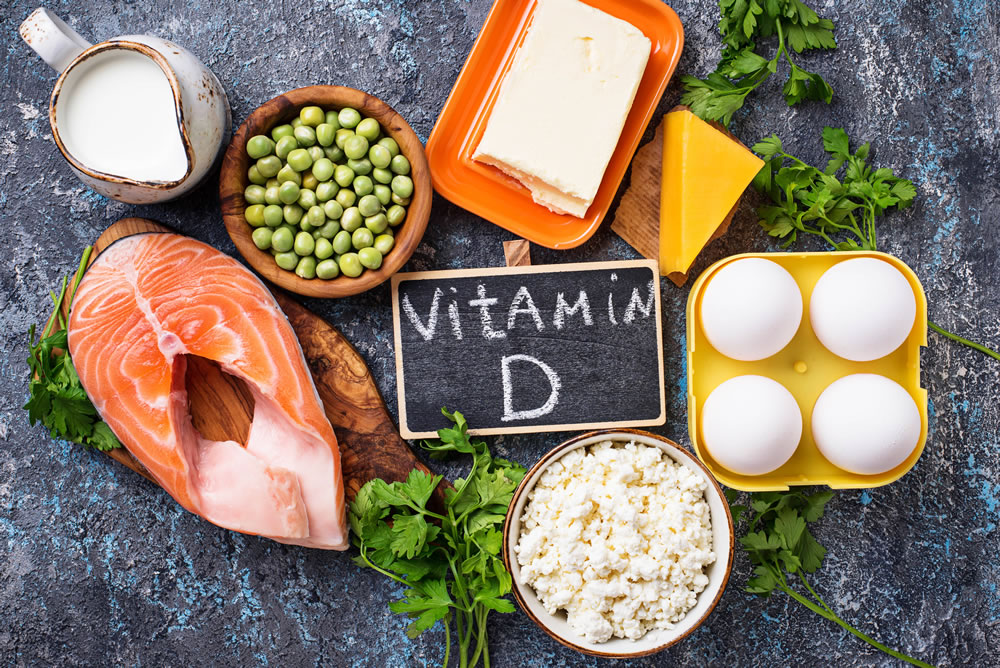
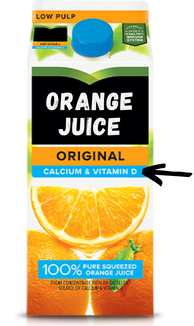
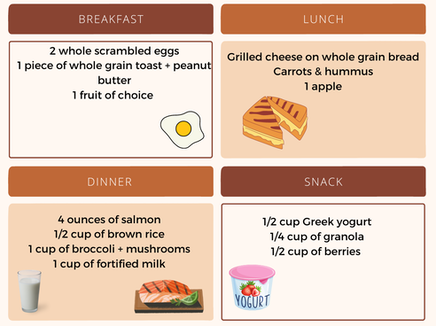

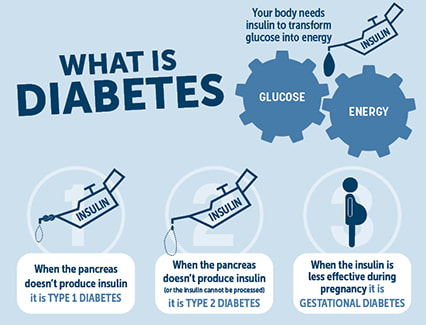

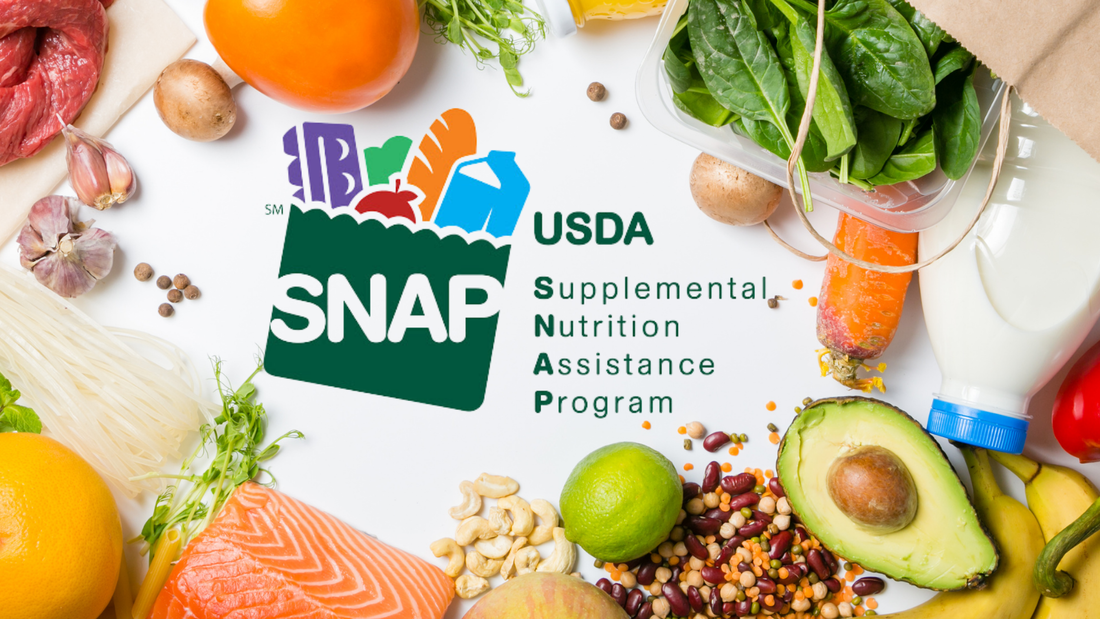



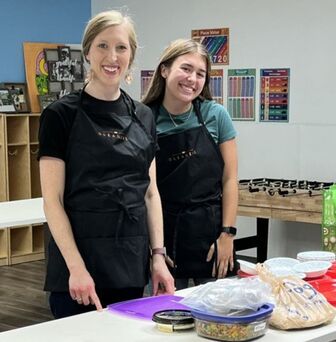








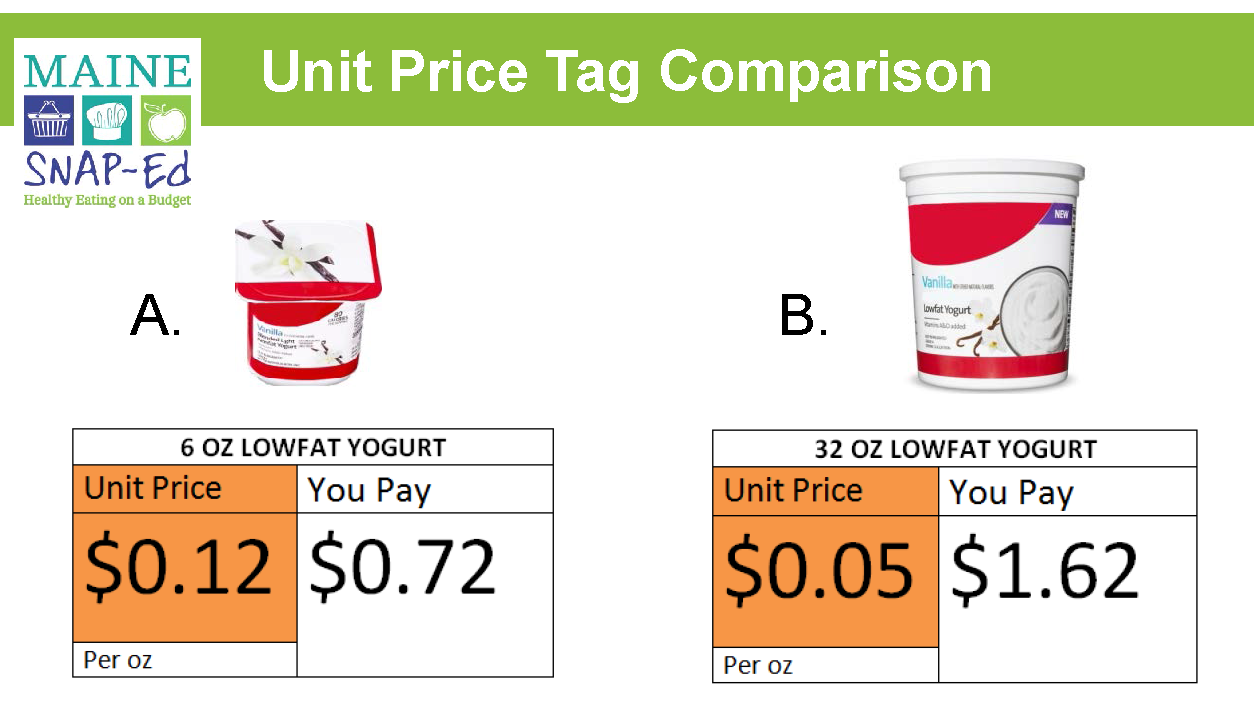
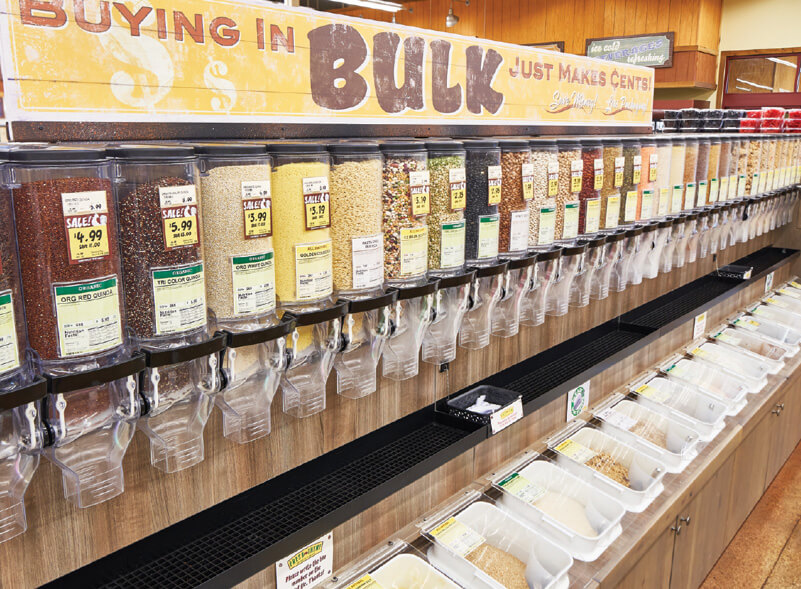
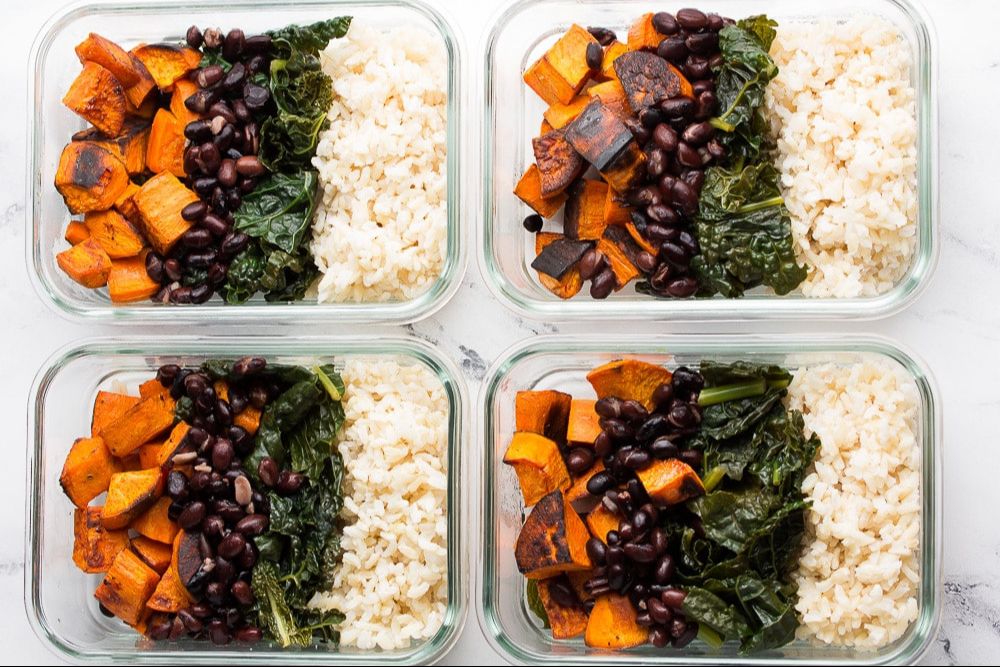
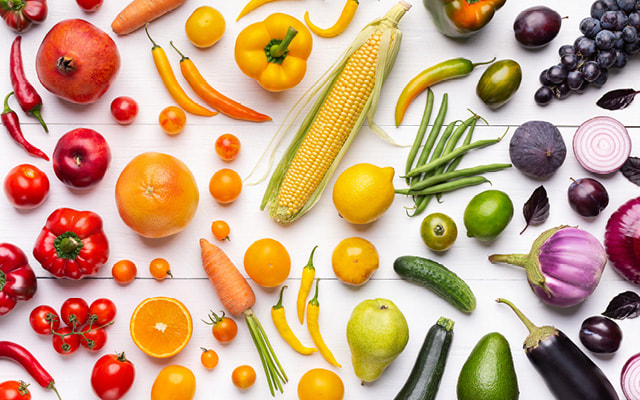

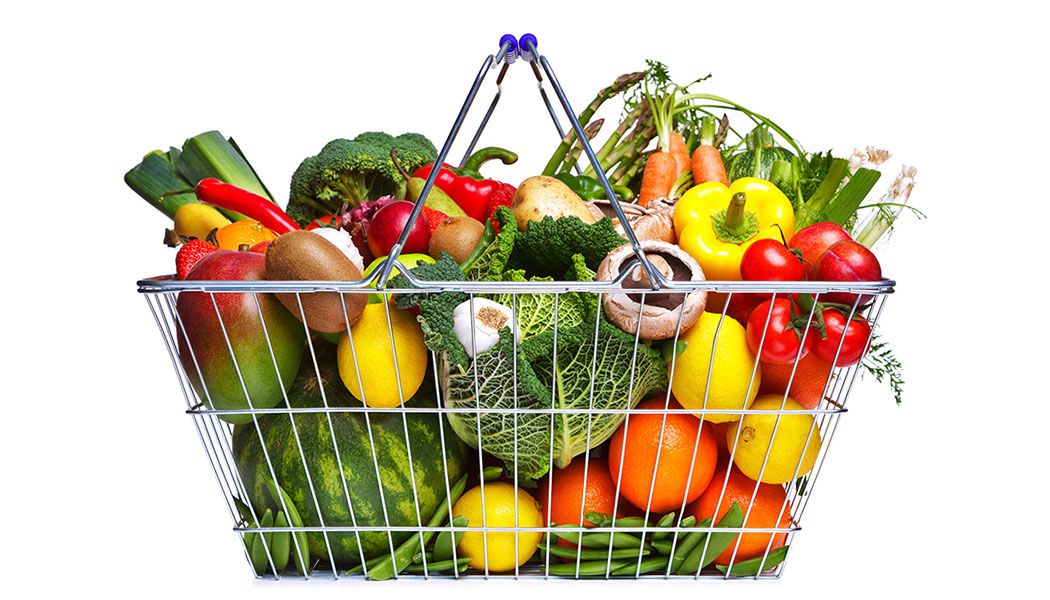
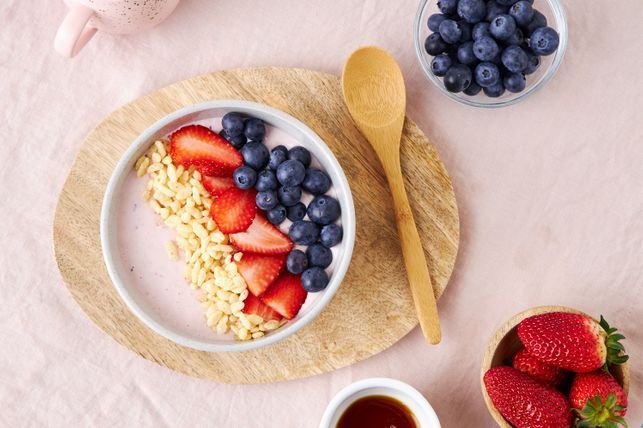


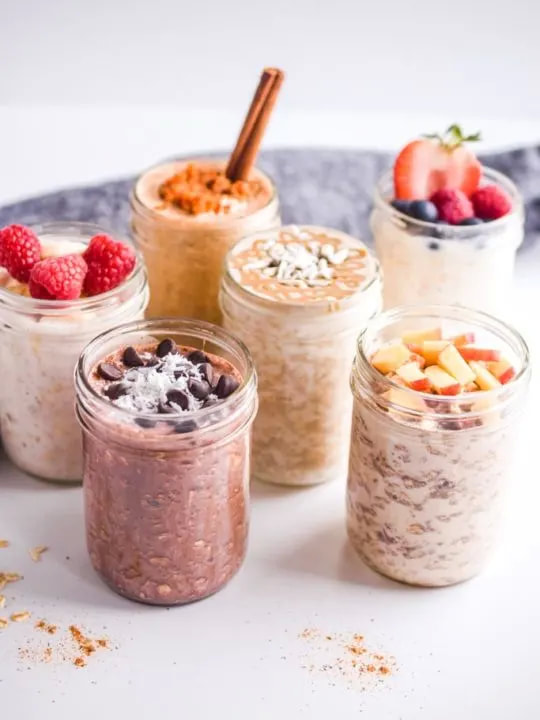

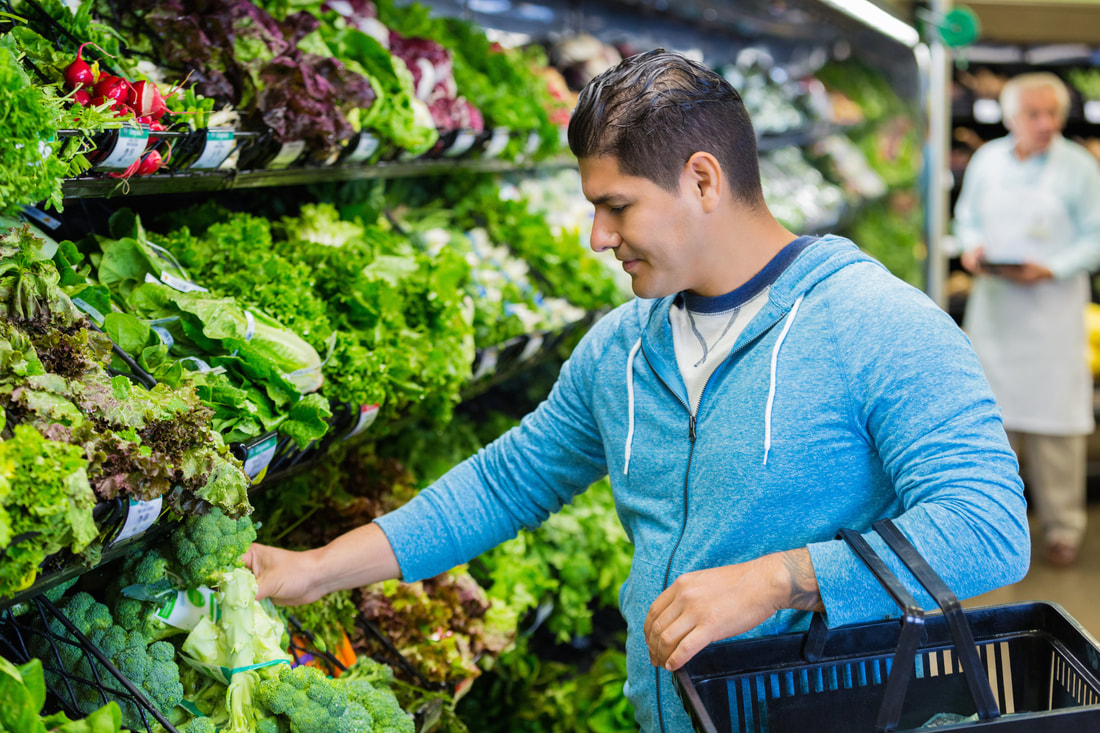




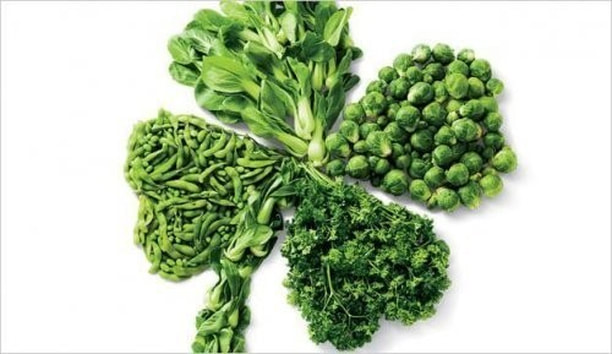
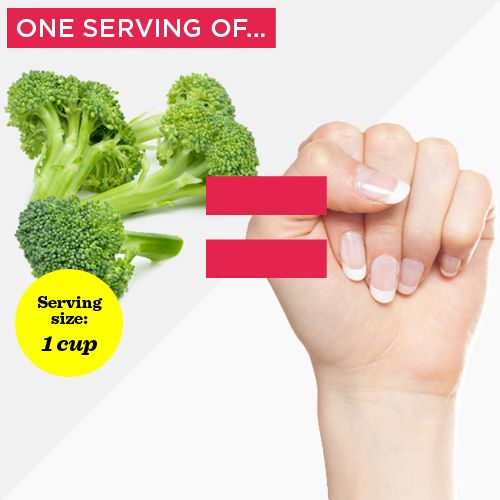
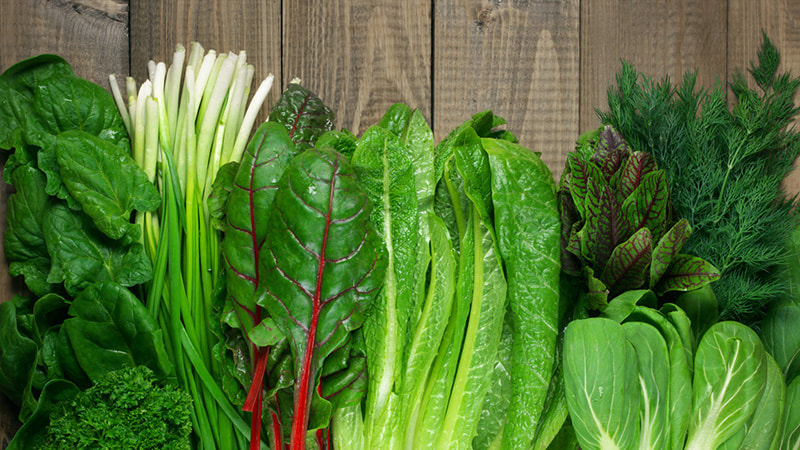
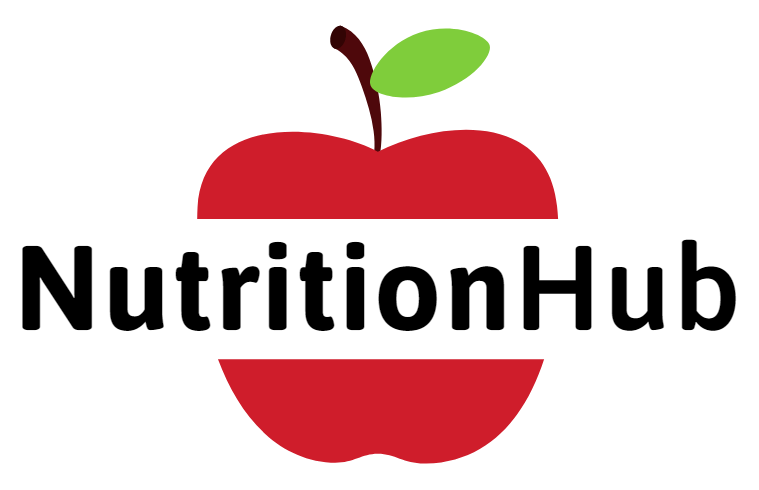
 RSS Feed
RSS Feed